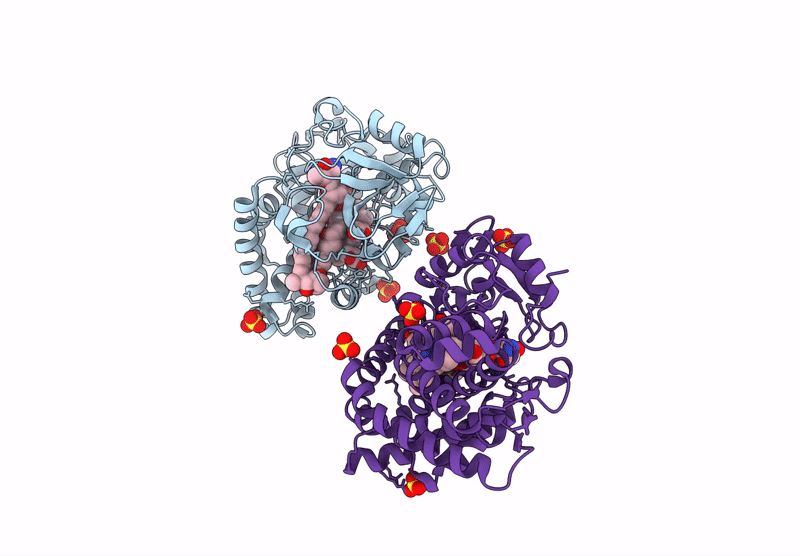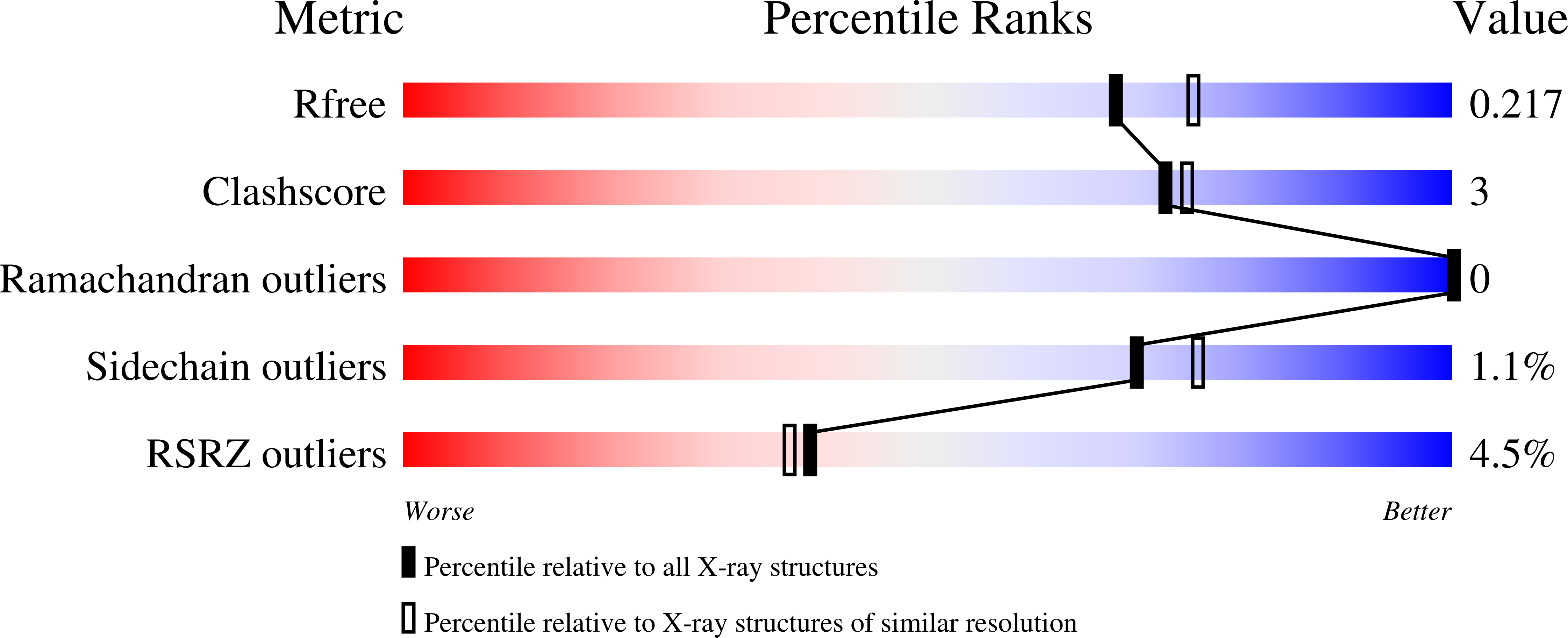
Deposition Date
2024-07-28
Release Date
2025-01-29
Last Version Date
2025-02-26
Entry Detail
PDB ID:
9CV8
Keywords:
Title:
Crystal Structure of Cytochrome P450 NysL bound to nystatin
Biological Source:
Source Organism:
Streptomyces noursei (Taxon ID: 1971)
Host Organism:
Method Details:
Experimental Method:
Resolution:
2.00 Å
R-Value Free:
0.21
R-Value Work:
0.18
R-Value Observed:
0.19
Space Group:
P 31 2 1


